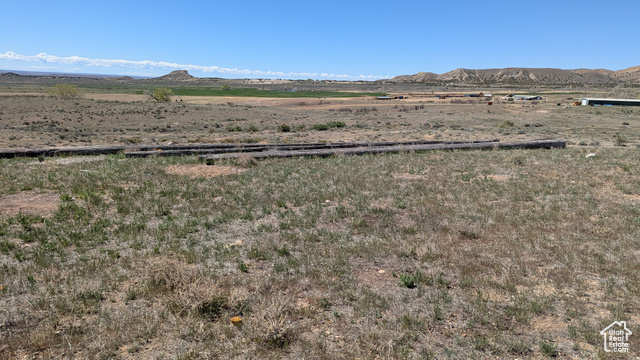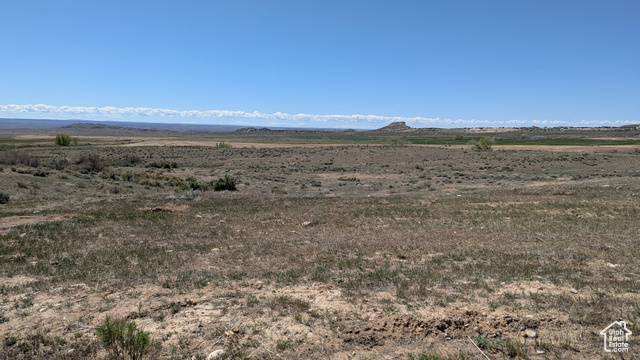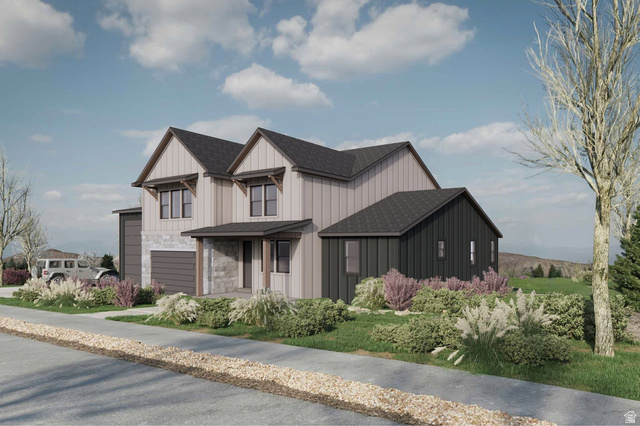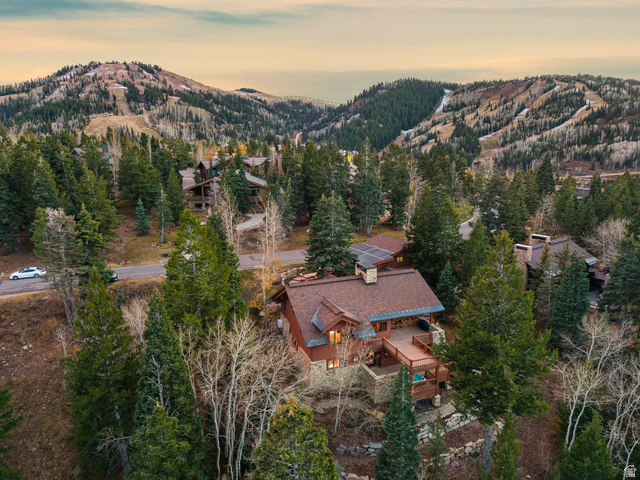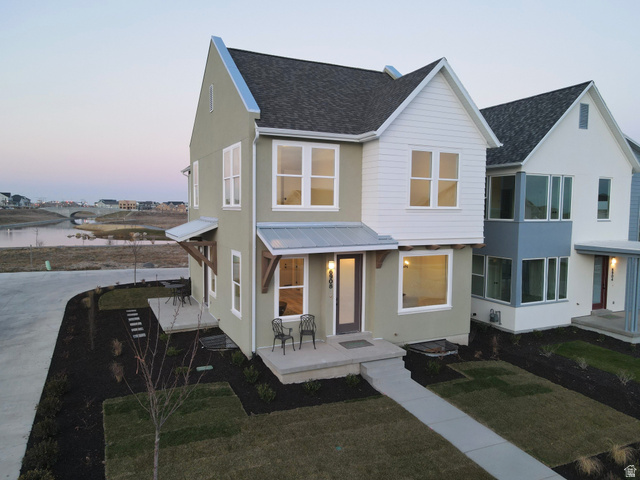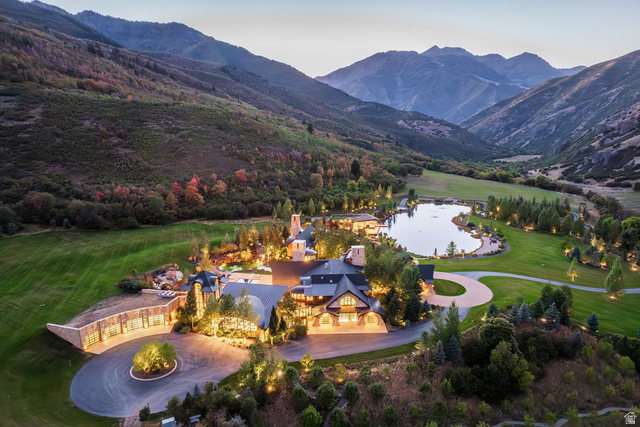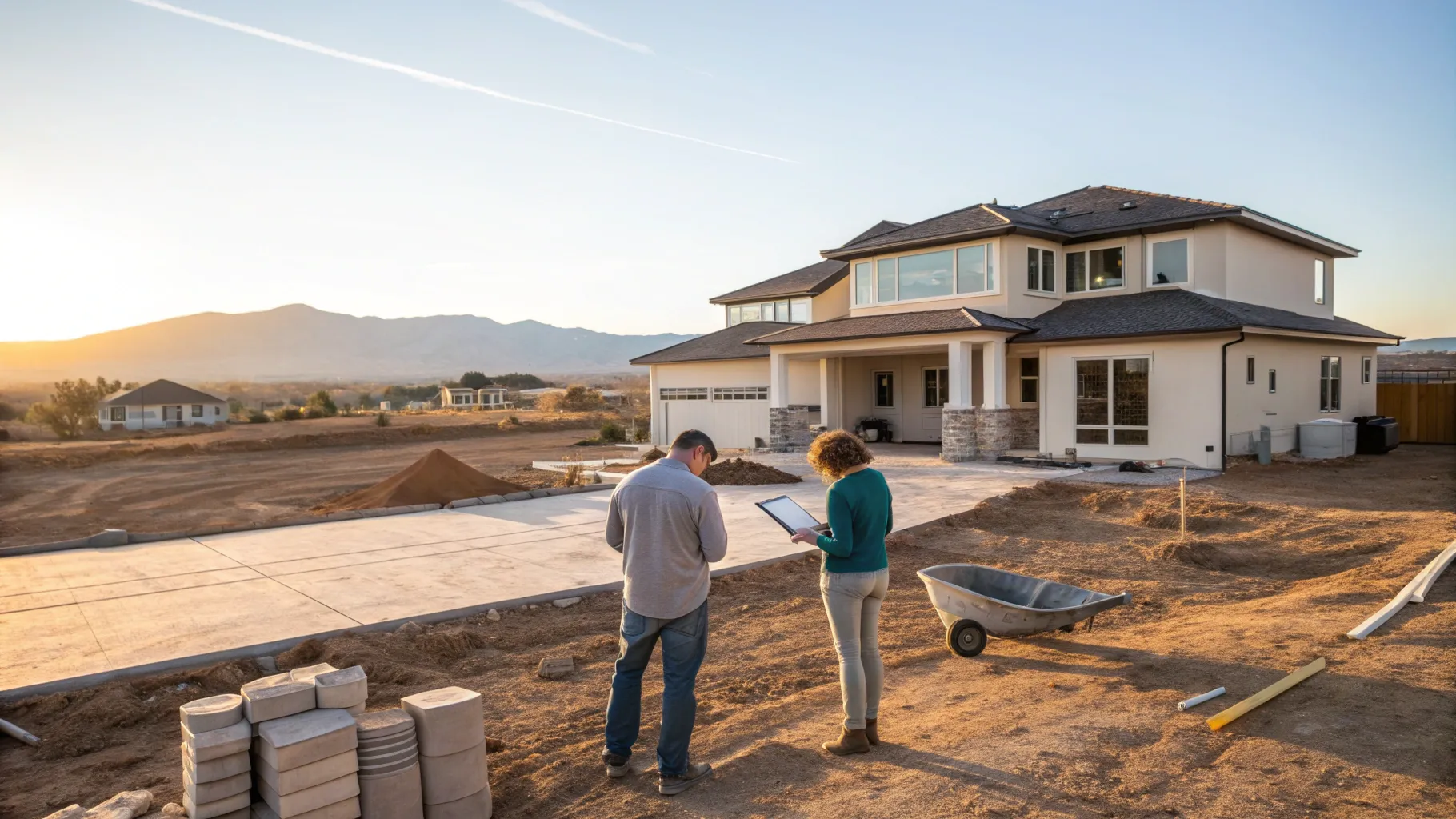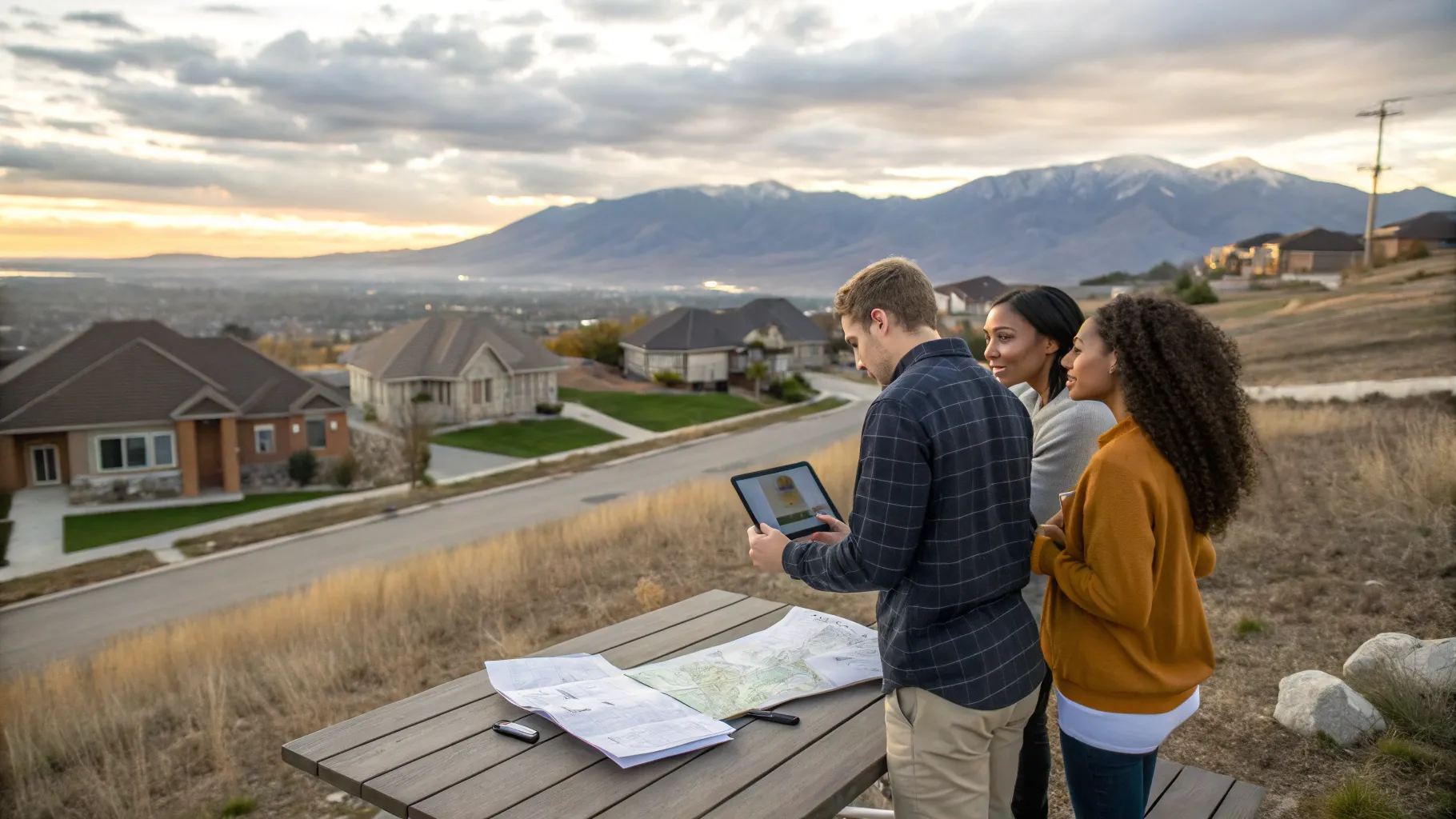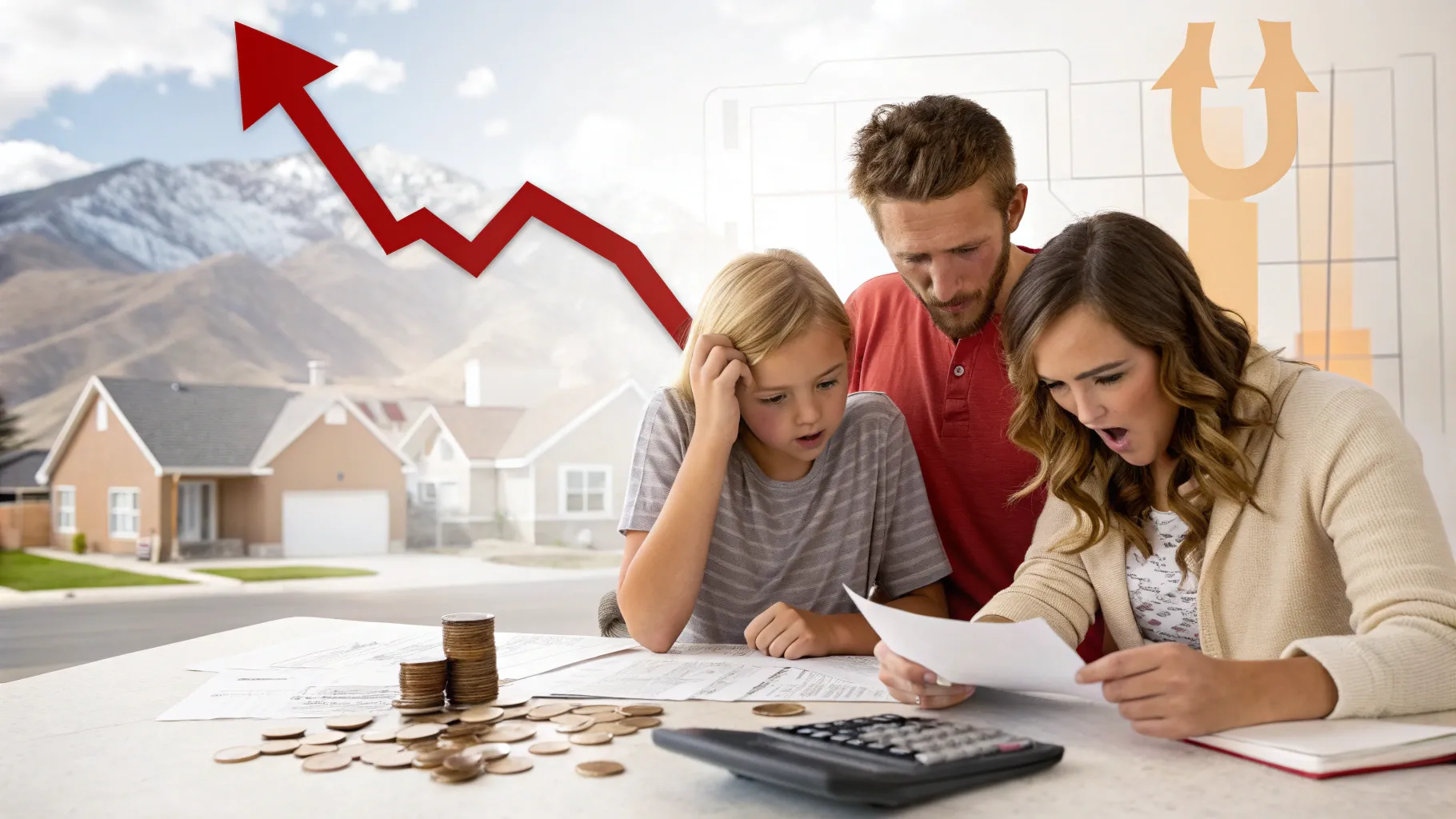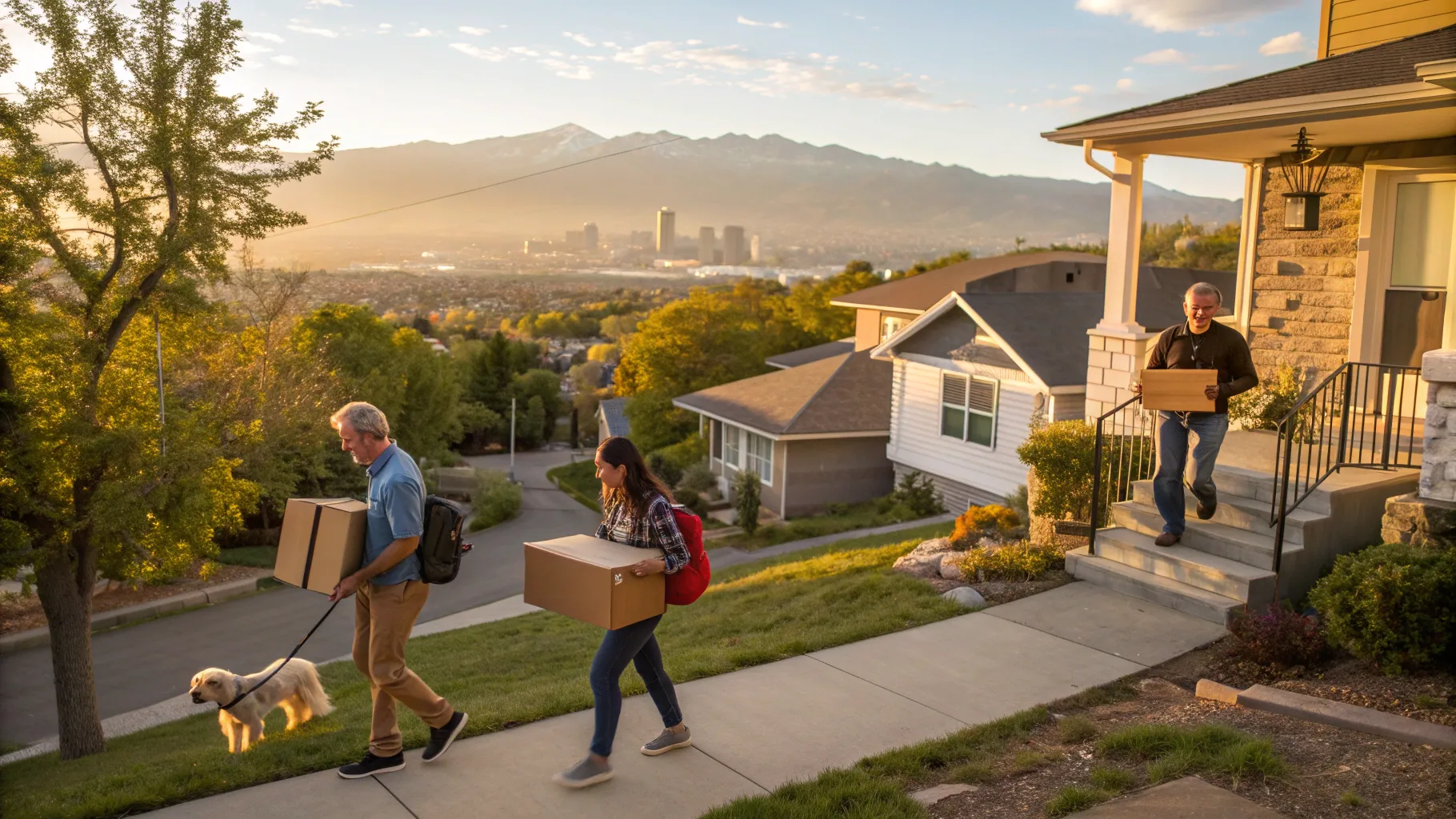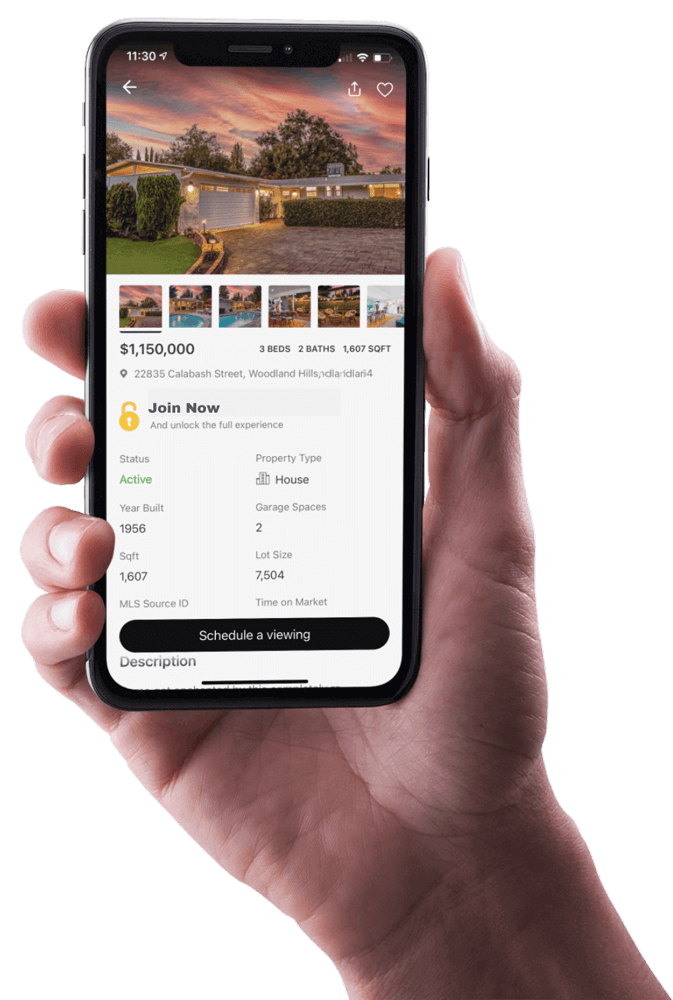Buying new construction in Utah offers modern layouts, energy-efficient systems, and neighborhoods built for today's lifestyles. However, the polished model homes and slick sales centers can hide recurring pitfalls that add thousands of dollars and months of stress.
Connecting modern efficiency with the charm of vintage properties can be a challenging yet rewarding endeavor. Owners of older homes often face the dilemma of how to retain their historical integrity while improving energy efficiency. This balance enhances comfort, significantly lowers energy bills, and reduces the environmental impact of energy consumption. This guide aims to provide you with actionable tips and strategies for effectively increasing energy efficiency in vintage properties, allowing you to enjoy a more sustainable living space without losing the unique characteristics that make your home special.
Understanding Energy Efficiency
Before diving into specific solutions, it's important to grasp the concept of energy efficiency. In simple terms, energy efficiency refers to using less energy to provide the same service. This is vital for vintage properties as older homes often lack the modern materials and techniques designed to minimize energy loss. Consequently, understanding the specific energy demands of vintage homes can lead to targeted improvements. Implementing energy-efficient measures enhances comfort and contributes to a reduction in energy waste.
The long-term benefits in comfort and savings can make these upgrades worthwhile. Strategies may include modern insulation materials that blend with historical designs and HVAC systems that are less obtrusive but provide significant efficiency gains. It's helpful to evaluate different cooling and heating options, as some may suit your vintage home better than others. It is important to take into account whether to compare ductless vs central AC systems based on the unique layout and age of your property. One system may offer more efficiency without compromising space or appeal. Sealing gaps in windows, doors, and foundations can prevent unwanted air leaks, ensuring consistent indoor temperatures. Energy audits are valuable tools for identifying inefficiencies and prioritizing upgrades. Combining traditional craftsmanship with modern efficiency techniques can preserve the character of your vintage home while reducing its environmental impact.
Insulation Strategies for Vintage Homes
Insulation plays an integral role in energy efficiency. Many vintage homes feature traditional materials that can inadvertently allow heat loss. Since these homes often contain areas with poor insulation, such as attics, basements, and foundational walls, it’s vital to assess where your current insulation is lacking. Recommended improvements include adding insulation in the attic or using spray foam for hard-to-reach spaces, which can help seal gaps and lower energy usage.
Take into account materials that respect the vintage nature of your home. Historical restoration specialists often recommend insulation that can be added without compromising the exterior aesthetics, such as rigid foam or cellulose. These materials improve insulation and help maintain the building's character. Implementing a multi-layered energy efficiency plan can drastically improve a home's thermal envelope, leading to significant savings on heating and cooling costs year-round. Sealing air leaks around windows, doors, and even the foundation of your home is important.
Upgrading Efficient HVAC Systems
The heating, ventilation, and air conditioning (HVAC) systems in vintage homes present their own set of challenges. Older units struggle with efficiency due to outdated technology and design flaws. Therefore, investing in a modern, energy-efficient HVAC system is a significant step in improving energy use. Look for systems that offer variable speed motors, smart thermostats, and energy-efficient ratings to optimize performance. When determining the best system for your vintage property, it’s important to ensure that any upgrades do not disrupt the historical aspects of your home.
Use a ductless mini-split system, which requires less invasive installation than traditional ductwork. These systems provide heating and cooling without the extensive infrastructure changes that can alter the home’s charm. They often have the added benefit of zoning capabilities, allowing you to control temperatures in individual rooms, leading to further energy savings. Proper installation is paramount.
Utilizing Renewable Energy Sources
Incorporating renewable energy sources into the energy efficiency plan of your vintage property is an empowering step. Solar panels, for example, have become increasingly popular among homeowners looking to reduce reliance on traditional energy sources. Vintage homes can still accommodate solar technology with proper planning. Roof designs can dictate panel placement, and shading needs to be carefully considered to maximize energy capture. It's important to choose materials that complement the existing architecture.
Many modern solar panels come in more discreet designs that can blend better with vintage aesthetics. Engaging with an energy consultant can help explore financing options, rebates, and tax credits available for solar installations, making this renewable option more accessible. Take into account that solar water heating systems can provide energy savings for vintage homes while offering hot water without draining your energy budget.
Smart Home Technology for Vintage Properties
Modernizing with smart home technology does not have to conflict with vintage charm. Features like smart thermostats, energy monitoring systems, and programmable lighting are excellent ways to enhance energy efficiency. Smart thermostats can learn your schedule, adapting to your habits and optimizing heating or cooling based on occupancy, thereby reducing energy wastage.
These smart systems can be discreetly installed to preserve the home’s historical elements. Seek solutions that offer battery backup so the property remains efficient even during power outages. It’s important to think about compatibility with your existing HVAC system and to ensure tools integrate smoothly. Energy monitoring apps afford homeowners an opportunity to analyze energy usage and adjust behaviors as needed, enhancing the efficiency of their home.
The Value of Expert Consultation
When enhancing energy efficiency in a vintage property, consulting with experts can prove invaluable. Specialists in energy audits can identify where homes are losing energy and recommend effective solutions tailored specifically for older homes. Their expertise ensures that upgrades respect the historical integrity of the property while maximizing efficiency gains.
Working with preservation specialists can help navigate the delicate balance between modern efficiency upgrades and maintaining historical value. Architecturally trained professionals can recommend materials and systems that honor the original design while implementing modern advancements, ensuring that your home retains its beauty while becoming more efficient.
Many local governments and conservation groups provide resources for owners of vintage properties, including grants or financial incentives. Engaging with these programs can significantly lessen the financial burden associated with energy efficiency upgrades, further encouraging sustainable practices while protecting historical homes.
In bringing energy efficiency to vintage properties, homeowners are preserving the past and creating a sustainable future. By addressing insulation, modernizing HVAC systems, utilizing renewable energy, embracing smart technology, and consulting with experts, significant improvements can be made without compromising the unique character of these homes. Energy-efficient upgrades will lead to lower bills and a lower carbon footprint, showcasing the ability to harmonize modern living with vintage charm.

